|
https://ift.tt/2MrIxQV
5 Facebook Tools to Optimize Your Facebook Ad Campaigns https://ift.tt/2YxV9fO Want better results from your Facebook ads? Looking for ways to optimize your ads? In this article, you’ll explore five free Facebook tools to help you improve your Facebook ads’ performance. #1: Facebook Creative Hub ToolThe creative you use in your Facebook ads has a huge impact on ad performance. No matter how good your offer or copy is, if your ad creative doesn’t grab your audience’s attention in the news feed, you’re unlikely to get any traction. Facebook’s Creative Hub is designed to help you improve your ad creative and build winning ads. It lets you:
Here’s how to start taking advantage of these features to improve your Facebook campaigns. Create an Ad Mockup in Creative HubTo access Creative Hub, go to the global menu in Facebook Ads Manager and select Creative Hub.
From here, you can create a mockup of an ad and share it with anyone who has access to your ad account. Click Create Mockup and select the ad type/platform you want to create.
Now build your mockup. After you click Save, you have the option to send the mockup to your mobile news feed to review or if you’re satisfied with it, import the ad into Ads Manager to use it in a campaign. How to Use Video Marketing to Increase Your Influence, Visibility, and Sales—Online Training!
The Manage Mockups tab is where you manage, delete, and share your mockups. You can view your mockups next to each other grid style or in the typical Facebook list format.
The View Formats tab allows you to navigate among the different ad formats for mobile and review specs, guidelines, examples, and creative ideas for each placement.
Assess the Text in Your Facebook Ad ImageOn the Tools tab, you’ll find two testing tools for analyzing your ad creative. The Image Text Check tool ensures your images fall within Facebook’s recommended 20% text rule and assesses whether the text on your images may impact ad performance.
Run a Split Test With Your Facebook VideoNot sure which video will perform better for you? The Video Testing tool allows you to run a 72-hour split test on your Facebook videos. Facebook will help you determine which video receives better engagement and watch times.
With a video split test, you can test up to five different videos at once. You’ll need to add your Facebook page and ad account and provide some basic targeting details. Facebook requires you to spend a minimum of $400 per video mockup over a 72-hour period to determine the results of the test. Get Creative Inspiration From Other BrandsClick the Get Inspired tab to view a gallery of ads in different formats from some of the world’s leading brands, showcasing how they’ve creatively used the ad formats on smaller screens and displays. You can browse all formats or select the placements you need some inspiration for.
#2: Facebook Audience Insights ToolAudience Insights isn’t a new tool, but the functionality and data available have changed considerably over the last year. Facebook has tightened up access to insights and removed custom audience insights, financial data, and data collected from certain third parties. Audience Insights still allows two very powerful functions for gaining a better understanding of saved audiences. To get started with Audience Insights, decide if you want to profile a saved audience made up of all users on Facebook or just profile the people connected to your page. Note that Facebook needs a large amount of data to be able to provide accurate insights, so pages with fewer than 10,000 followers may not be eligible to view certain insights. Once you’ve selected your customer demographic info in the left-hand column, here are the two places that can reveal the most about your audience. Activity TabThe Activity tab shows you how likely your audience is to perform a certain activity (represented by dark blue) and compares it against the average number of times everyone on Facebook performs that activity over 30 days (represented by light gray). In the example below, you can see that women in the 18-35 age group in Australia are likely to click on an average of 24 ads on Facebook over 30 days. This is higher than the average of all Facebook users clicking on ads (which is 19 times over 30 days). This information can help you see how likely an audience is to respond to Facebook ads.
Page Likes TabThe Page Likes tab shows which pages in certain categories your selected audience is most likely to engage with. If your audience likes restaurants, it shows which brands they like the most. If they read magazines, it reveals which magazines they like.
You can also see which Facebook pages your audience is most likely to find relevant or show an affinity for, versus all of the other pages on the platform.
Knowing what your audience responds to on Facebook allows you to research other pages they like for creative ideas, ad examples, and content ideas. #3: Facebook Test and Learn ToolSplit testing your Facebook campaigns is essential to understanding how best to optimize your ads. But because Facebook ads have so many moving parts, coming up with fair and equal testing can be tricky. It’s also difficult to know what to test and how to interpret the results. Facebook’s Test and Learn tool helps you define and quantify testing with a series of standard split tests. Facebook will then deliver the results of the test to you, along with recommendations for future campaigns.
Now let’s look at the tests you can run using the Test and Learn tool. Conversion Lift: This test evaluates all of your active Facebook ad campaigns and identifies which campaigns are producing the largest uplift in a conversion event like purchases or app installs. Facebook recommends running this test over 4 weeks and optimizing for a minimum of 100 conversions during that period. Brand Recall or Brand Lift: Facebook will survey the users exposed to your brand awareness campaign and survey them to see how much they’ve noticed your ads, are aware of your brand, like your brand, or have your brand top of mind over other brands in your industry. A brand recall test needs a minimum spend of $14,000 over 30 days. 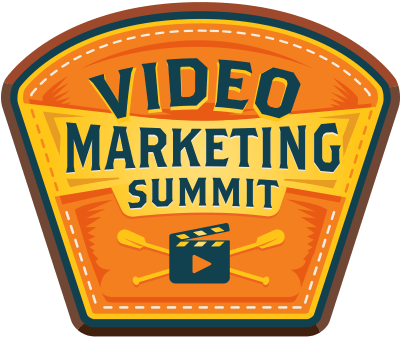
Get Video Marketing Training—Online!The Video Marketing Summit is ideal for any marketer who wants to increase their visibility, influence, and sales with video. Twelve of the world’s top video marketing experts will show you how to do this on Instagram, Facebook, YouTube, and LinkedIn. The Video Marketing Summit is a live online training event from your friends at Social Media Examiner. CLICK HERE TO LEARN MORECampaign Optimization: This test compares two active Facebook campaigns and shows you which one is driving the most conversions or the lowest-cost conversions.
On the Learn tab of the Test and Learn tool, you can see your active test including any split tests you’ve set up.
These tests will help determine the overall effectiveness of your campaigns and which campaigns are creating the most brand awareness or conversions. However, because they require larger budgets and set guidelines for certain tests, they might not be suitable for all advertisers. #4: Facebook Ads Manager Split Test ToolFacebook Ads Manager allows you to build a split test when you set up an ad campaign with the Traffic, App Installs, Lead Generation, Conversions, Video Views, Catalog Sales, Reach, Engagement, Messages, and Brand Awareness objectives. Within these objectives, you can test audience, delivery optimization, placements, creative, and product sets as variables. When using the split test feature, Facebook will randomly split your audience and ensure there’s no overlap. Facebook will then test which variable performs best over a set time period between 1 and 30 days. It’s recommended that you run a split test for at least 4 days. Once the results are in, you’ll receive a notification within Ads Manager or an email with the results. To create a split test for a new campaign, choose your campaign objective and then select the Create Split Test option.
From the drop-down menu, choose the variable you want to test.
Once you’ve selected your variable, continue to build your campaign as normal, selecting your audience and delivery options. When setting a budget for a split test, Facebook recommends a budget based on the “power” to deliver an effective test result for you. If your budget is too low, Facebook won’t be able to test enough of your audience and determine a result. Facebook assigns a power percentage to your test as you set the budget. A power percentage above 80% is recommended.
Create the variable as you build the ad. When the creative is the variable, as in the example below, Facebook guides you to create two separate ads: Ad A and Ad B.
Facebook then sets up two ad sets to test the campaign with and identifies the ads sets and campaigns involved with split testing with a test tube icon next to the ad set.
Remember: It’s important not to edit, optimize, or change a split test campaign once it’s started or it will affect the results and not allow you to gather useful data. #5: Facebook Campaign Budget Optimization ToolWith Campaign Budget Optimization, instead of allocating a budget per ad set on Facebook, you assign a total campaign budget. Facebook then optimizes your budget and spends it with the best performing ad set to reach your goal. This is currently an optional setting, but starting in September 2019, it will become the default setting and you won’t be able to change it. Facebook explains that when you create a campaign, it knows better where the opportunities are in real time across your ad sets. So allowing Facebook to optimize your budget can deliver better results. Currently, to opt into Campaign Budget Optimization when creating your campaign, choose your campaign objective and then select the Campaign Budget Optimization option. You can still decide whether you want a daily or lifetime spend for your campaign and which bid strategy to use.
When building out the ad set, you’ll see that the budget section has already been assigned. However, you can add a spend limit to that ad set if you want.
Unlike with a split test, Facebook doesn’t declare a winner with campaign budget optimization. It continually updates and optimizes the campaign spend across ad sets to get the maximum number of results based on your objective and bid strategy. ConclusionBefore using any of these Facebook tools, it’s a good idea to prepare and follow some best practices to ensure you’re using the right type of test to optimize your ad campaigns and get useful data to help you make your next decision. Start by thoroughly reviewing your current Facebook campaigns and identifying areas where you might be missing out. That might be a low click-through rate, poor relevance score, poor conversion value, or another negative result. Then create a hypothesis to test and base your optimization and testing around that. For example, if your ad has a high click-through rate but isn’t driving conversions, what could be the cause and what types of tests could you run to help you optimize this? If the ad is receiving a lot of attention but little traction, it might indicate the creative is strong but the objective or audience isn’t aligned. If so, what can you test to see if you can improve the conversion value? Be sure to test one thing at a time. If you try to change the audience, creative, and placement all at once, it will be difficult to determine what did or didn’t work when the results change. Be structured in your approach to testing. You need to give your tests enough time and budget to generate sufficient data. As frustrating as it can be when your ad campaigns aren’t performing, you need to allow enough time and budget to learn from your testing and optimization. Think of the money you’re spending as an investment in data to make better decisions. Finally, keep testing. Markets, trends, audiences, and social platforms are always changing, so adopting a good process for testing and optimizing your campaigns is key to keep delivering optimal performance. Always testing, learning, and tweaking your campaigns for the best performance is a must-have skill for marketers. Utilize the Facebook tools available to you to help understand more about your market, audience, and ads and then adjust and optimize accordingly. When you find results or a positive ROAS, that’s the time to scale. Then repeat this process for each and every campaign. What do you think? Which of these tools could help you improve your Facebook campaigns? Share your thoughts in the comments below. More articles on Facebook ads:Get your 2020 tickets! There are 17 tracks of content available from the world's top marketing pros! Social Media via Social Media Marketing | Social Media Examiner https://ift.tt/1LtH18p July 31, 2019 at 05:03AM
0 Comments
Leave a Reply. |
�
Amazing WeightLossCategories
All
Archives
November 2020
|

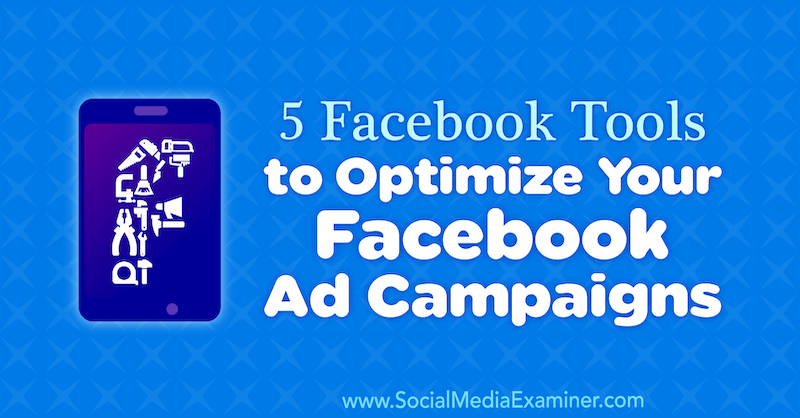
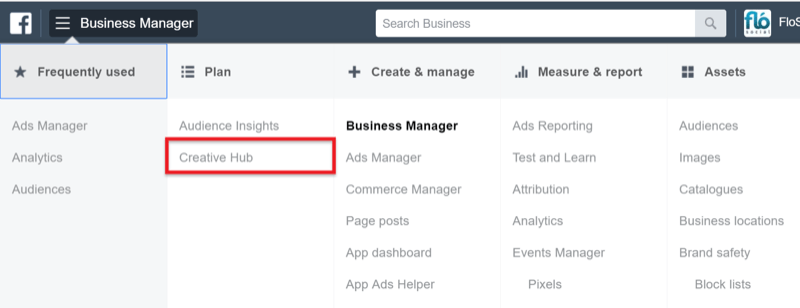

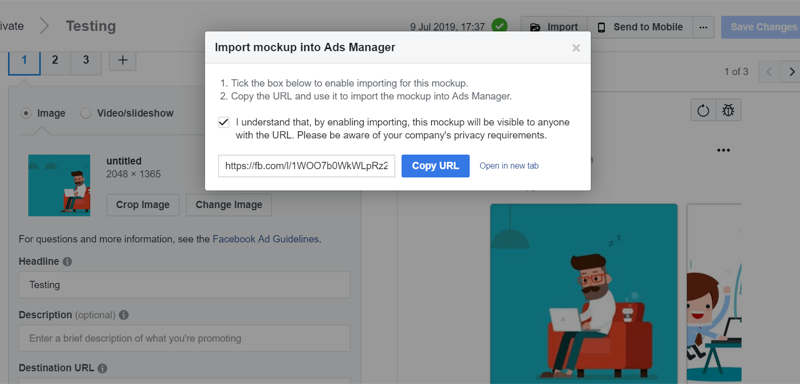
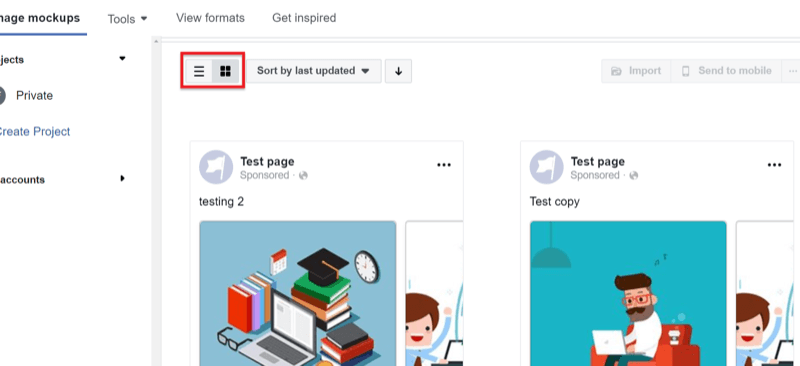
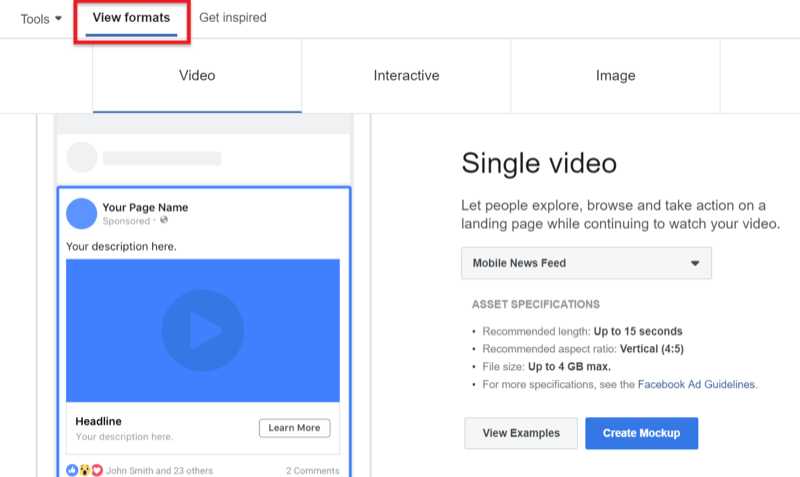
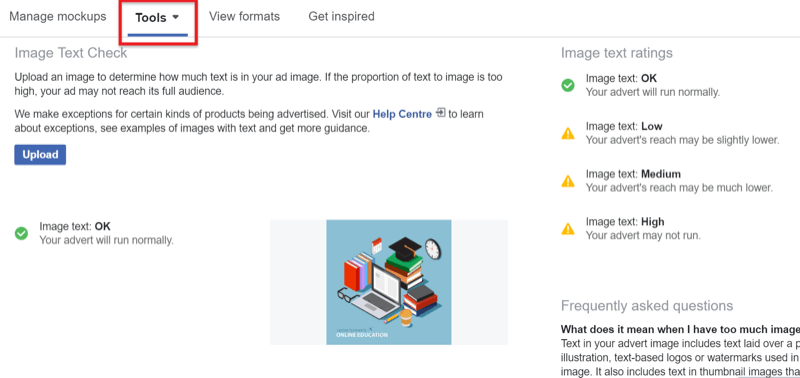
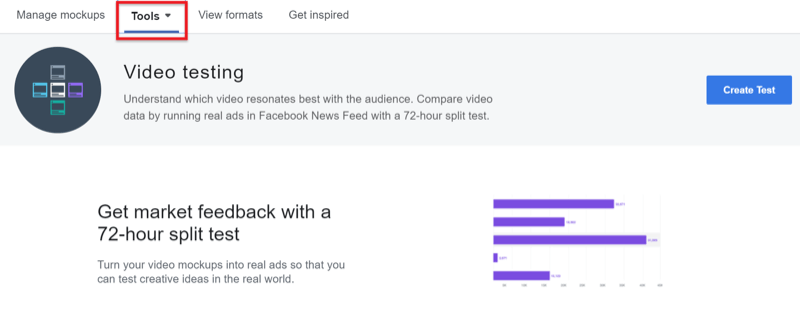
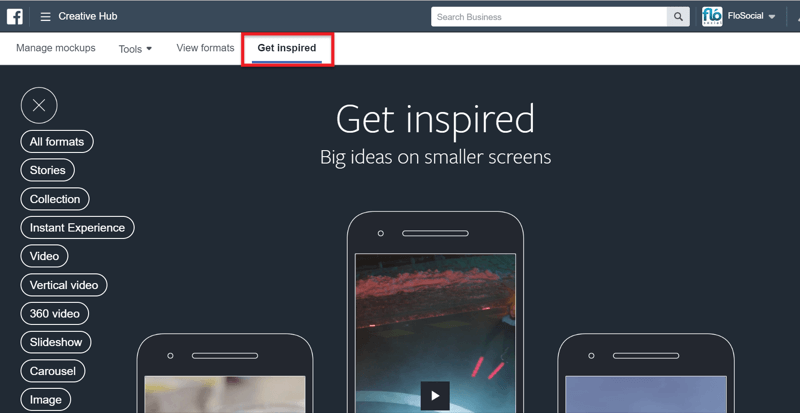
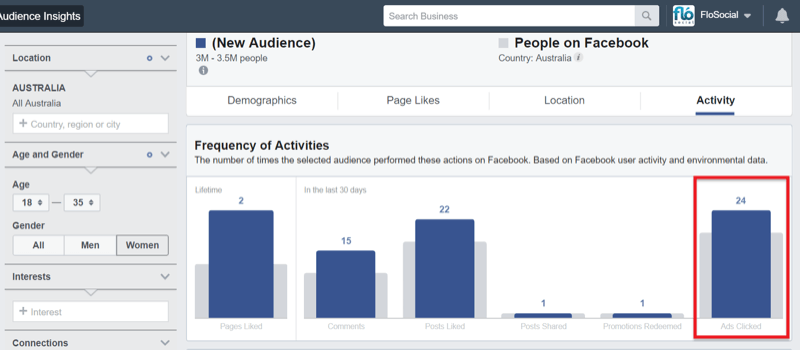
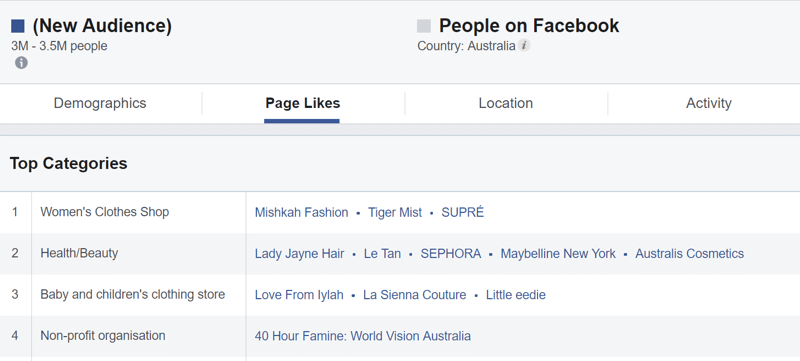
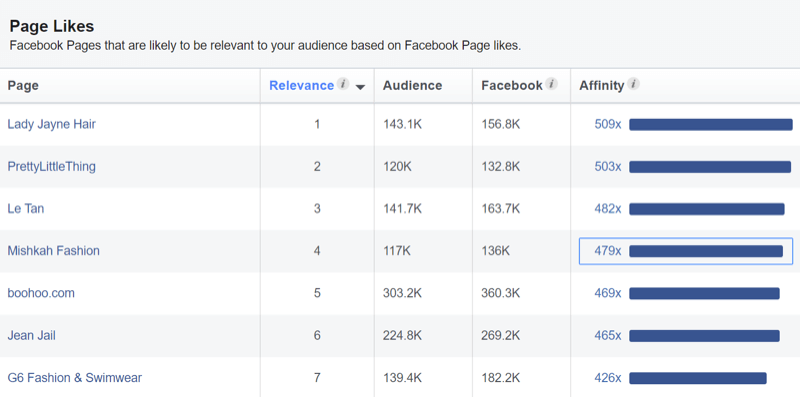

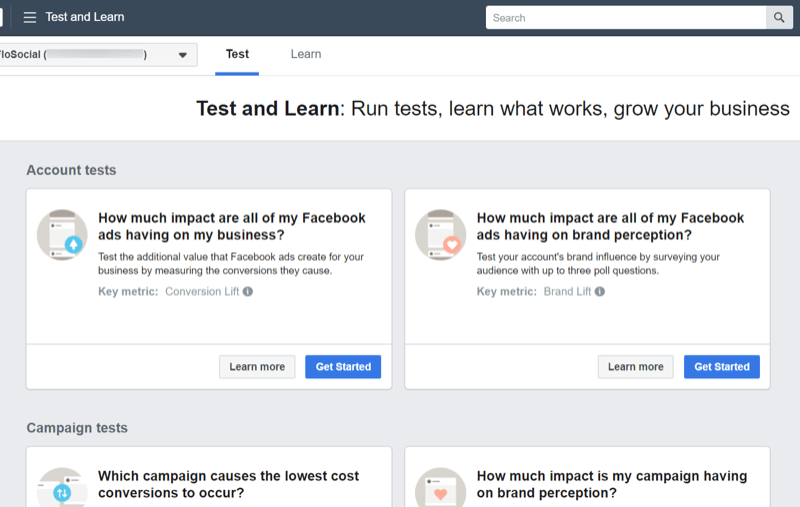

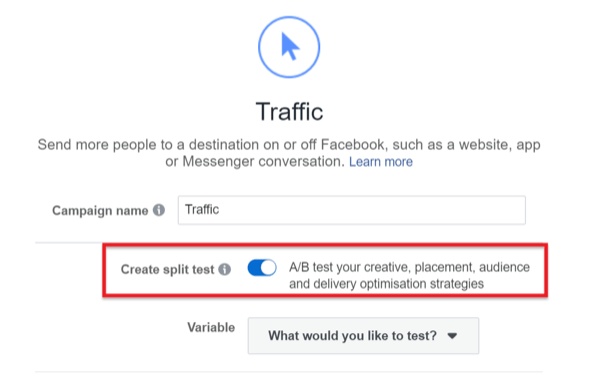
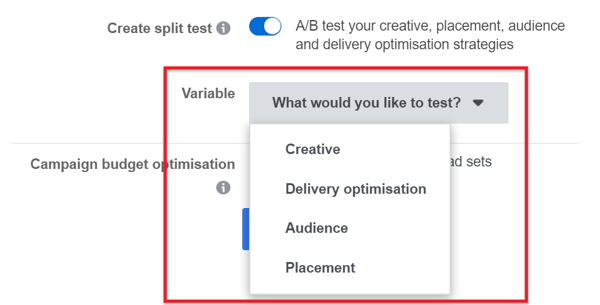
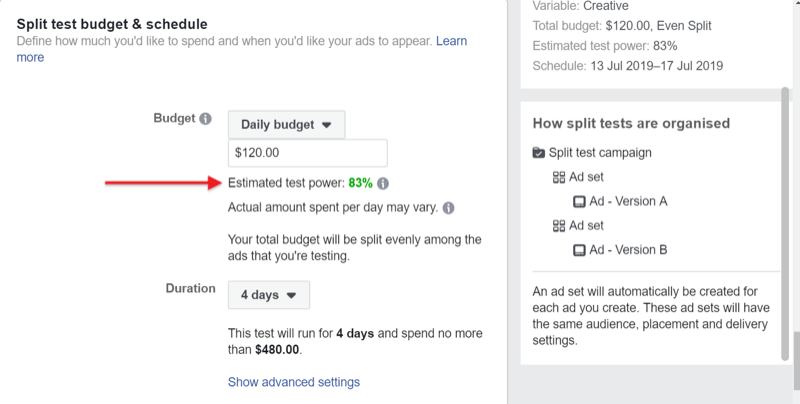
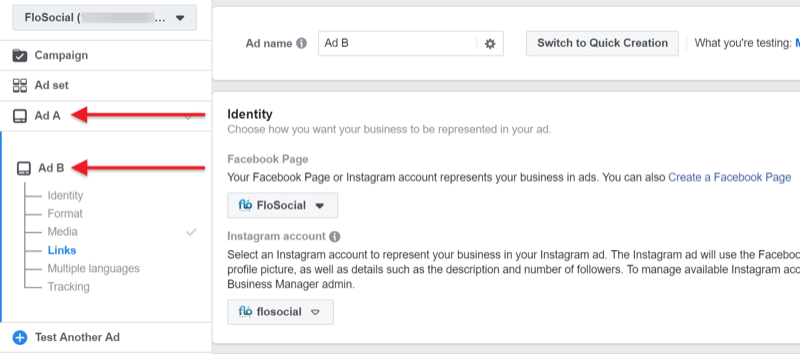
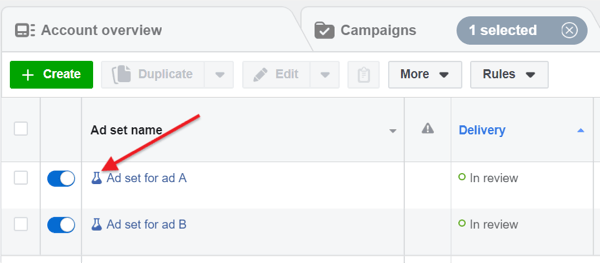
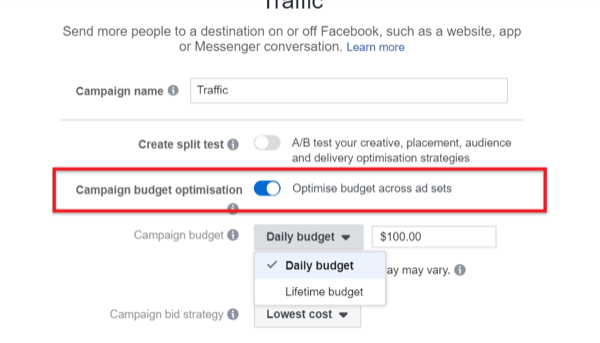
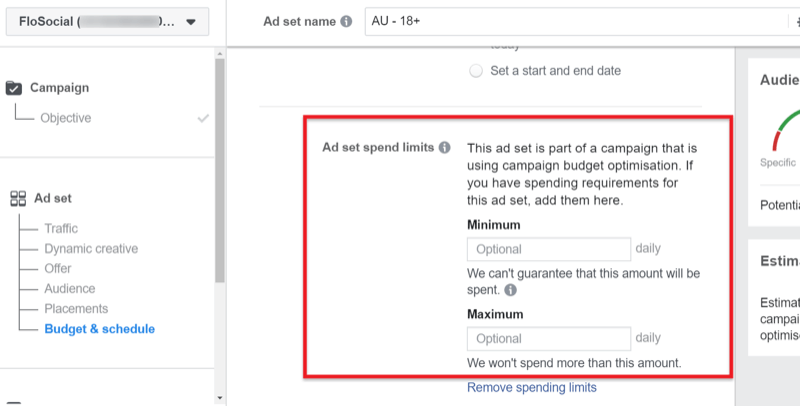

 RSS Feed
RSS Feed
